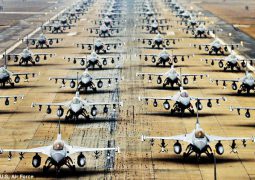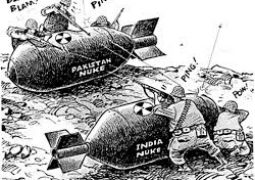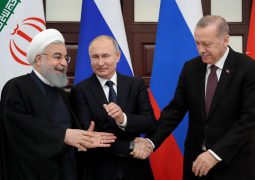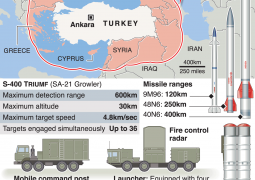BY BANDID NIJATHAWORN: Can Asean weather another crisis?
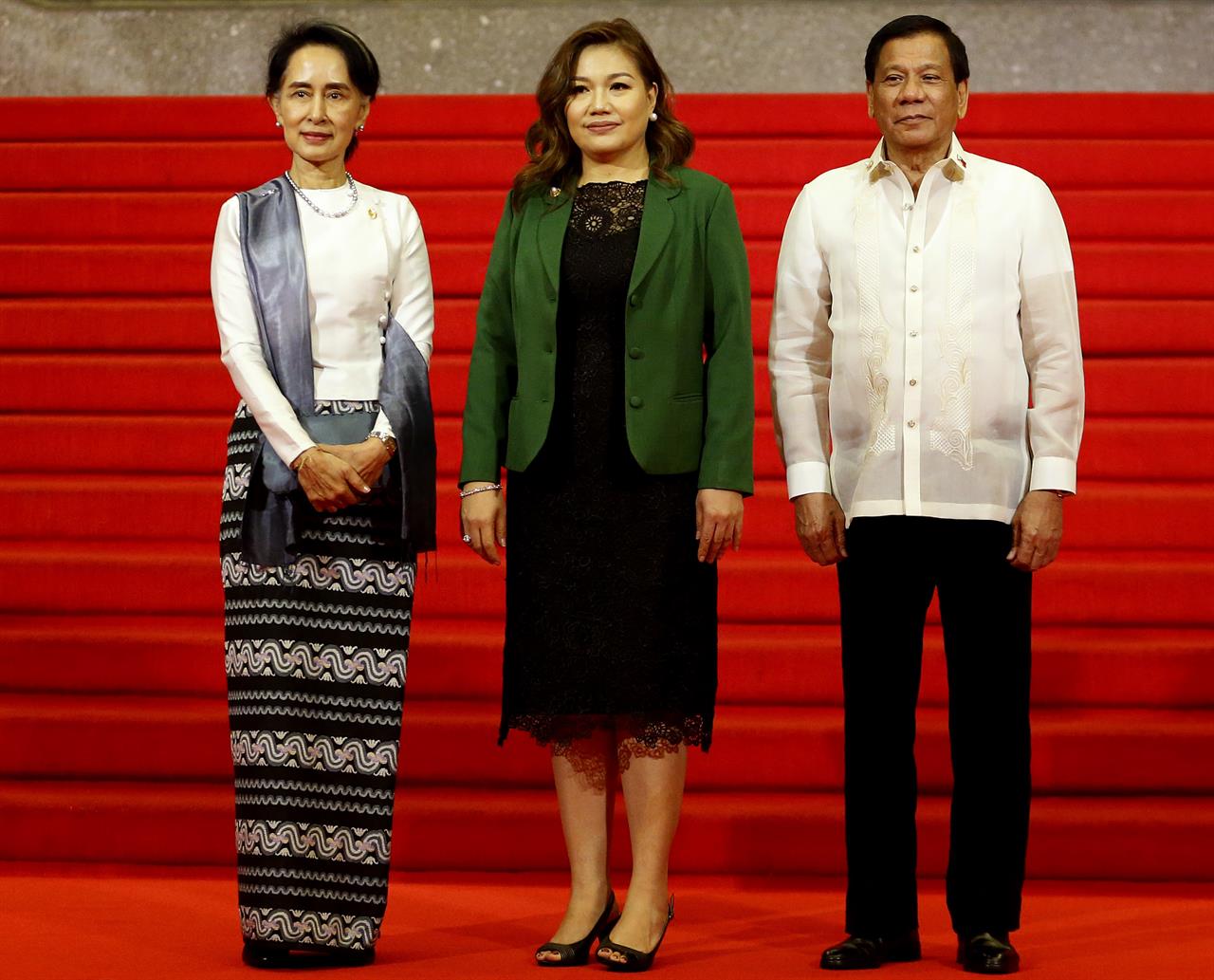
Can Asean weather another crisis?
By Bandid Nijathaworn
With the global economy slowing and the risk of a recession looming on the horizon, the question that arises is whether countries in Asia have the resources and capacity to manage such a crisis, considering the current prolonged policy uncertainties and the lack of global leadership to forge an unified response.
As such, it is also pertinent to assess Asean’s own financial safety net to ensure the group’s continued growth and financial stability.
So far, Asean has done well and is today the fastest-growing and most dynamic region in the world. The key to its success is its open trading and investment regime, supported by forward-looking policies and post-Asian Financial Crisis (AFC) structural reforms.
Such reforms, which includes the establishment of the Chiang Mai Initiative Multilaterisation (CMIM), and the Amro partnership with Japan, China, and South Korea, as the region’s surveillance and financing mechanism for crisis prevention and resolution, has helped strengthen the region’s macroeconomic discipline, and enhance its resilience to external shocks, while providing an additional buffer to mitigate the risk of a balance-of-payments crisis. Because of these mechanisms, the region has been able to sustain strong economic growth rates and weathered the global financial crisis of 2008-9 with remarkable success.
This resilience, however, comes at a cost as the reforms actually undermines the region’s own economic and financial cooperation. While Asean’s economic integration continues to grow after the AFC — as evidenced by the rise in intra-regional trade that has become an important driver of the region’s dynamics — the setting up of CMIM after the AFC has made Asean’s own economic and financial cooperation almost redundant. At the same time, Asean countries have become more heavily dependent than ever before their plus-three partners — namely Japan, China, and South Korea — for crisis prevention and resolution as the group lacks an adequate and reliable financial safety net of its own.
The setting up of CMIM in 2011 through the multilateralisation of the bilateral swap arrangements under the 2000 Chiang Mai Initiative, reflected the rise of multilateralism and a new international financial architecture that was taking shape at the time. Under the new financial order, it was envisaged that there would be a sharing of responsibilities to prevent and resolve crises between countries at the regional level through the region’s own surveillance and financing arrangement, as well as the International Monetary Fund (IMF) and the G20 at the global level.
As such, the regional and the global financing arrangements were designed to be operationally-linked to ensure the continued role and influence of global institutions on crisis prevention and resolution. Consequently, the plus-three countries became significant players in Asia’s regional financial security arrangements through their position as major contributors to the CMIM.
For Asean, this new arrangement means a loss of relevance its own economic and financial cooperation that existed long prior to the establishment of the CMIM, leaving it with no effective arrangement of its own to prevent and resolve crisis. Prior to the AFC, economic and financial cooperation among Asean member states were robust and well-organised, with regular consultations between its members, supported by Asean’s own swap arrangement (Asa) that has been in place since 1977.
The establishment of the CMIM and the new global financial architecture completely overwhelmed these older institutional arrangements. Asean’s economic consultation has been superseded by the parallel Economic Review and Policy Dialogue (ERPD) process that involves the plus three countries, while the Asa is overshadowed by the much larger CMIM.
More importantly, under the new arrangement, the region’s access to emergency financial assistance from the IMF has been made conditional on the CMIM process. With the plus three countries as its major shareholders, CMIM’s interests and those of Asean are not always aligned.
A big test for CMIM as the region’s main mechanism for crisis prevention and resolution came when capital flow volatility shocks spread across the globe following the 2008 financial crisis. Although no Asean countries went into a crisis, the CMIM proved ineffective in its intended role. In spite of the genuine need of some Asean members for emergency financial assistance, the CMIM facility was never utilised — even at the height of the capital flow volatility shocks, such as the 2013 taper tantrum.
The main reason was its linkage to an IMF programme which many member countries found burdensome, particularly for short-term financing to boost liquidity, as opposed to a longer-term funding for correcting fundamental imbalances. Another discouraging factor is the CMIM activation process, which requires an initial vetting by all the members — including the plus three countries. For this reason, Asean members see the CMIM as a non-preferred option for emergency financial assistance.
Instead, Asean countries prefer to resort to bilateral swap facilities when needed, which includes swap arrangements with major central banks. Such alternatives have weakened the credibility and the effectiveness of CMIM as the region’s main financing mechanism, and as such, pose a serious problem to Asean, as the region now arguably has no reliable financing arrangement to turn to in time of emergencies.
This gap poses an important risk to Asean that needs to be addressed, especially at this time when the prospects for continued growth are under threat from the slowing global economy, protectionism, and increased policy uncertainty linked to geopolitics and the trade war. At the same time, risk of crises in the region is heightened further by global deleveraging, the general failures of multilateral consultations, and the ongoing conflicts between major economies that could spill over onto the multilateral arena and render existing global and regional arrangements completely dysfunctional. This includes Asia’s own regional financial cooperation, such as the CMIM that involves China, Japan and South Korea, with the latter two being the strongest allies of the US in Asia.
Against this backdrop, there are three strong economic arguments in support of Asean rebuilding its own crisis prevention and resolution arrangement as an additional safety net, in tandem to the CMIM. The new Asa safety net would provide Asean with its own crisis prevention and solution mechanism and with a new design, could fill the gap left by the CMIM, similar to how the CMIM complements the IMF.
First, Asean countries are usually exposed to shocks that are distinctly different in nature to those affecting the bloc’s plus-three partners — for example, the liquidity shocks that hit Asean countries after the 2008 financial crisis. As such, the new Asa should be designed as a liquidity provider to create a buffer against shocks, to complement the CMIM.
Second, when compared to the time of the AFC, Asean countries are now much more developed, with a combined international reserves position of more than US$900 billion (28 trillion baht). Such strength could be utilised to increase the availability of emergency funding under the Asa to at least $50 billion, which will be adequate to complement the CMIM as the second line of defence that can help meet the short-term liquidity needs of several Asean economies simultaneously.
Third, any decision to activate the Asa should be made by Asean countries, independent of the plus-three countries. Surveillance and policy dialogues can be done through Asean’s existing economic consultation processes, as well as the current Amro process, instead of setting up a new separate body.
Re-establishing the Asa as Asean’s safety net at a time of mounting global uncertainties will serve two key purposes.
First, it would help strengthen the region’s economic and financial cooperation which would reinforce the region’s foundation for growth while providing the region with an additional insurance against financial crisis through an effective crisis prevention and resolution mechanism of its own.
Second, a more effective Asa will provide the region with a reliable mechanism to help mitigate the risks of future crises in a timely manner, relatively free from the undue influences of global politics and major economies.
This is one critical area that Asean countries should push for under Thailand’s Asean chairmanship.
Bandid Nijathaworn is the former deputy governor of the Bank of Thailand and the current chairman of the Foundation for Public Policy and Good Governance, Bangkok
- Previous Republican Romney says he is ‘sickened’ by Trump’s behaviour during Russia probe
- Next North Korea says it no longer wants to deal with Pompeo in nuclear talks




